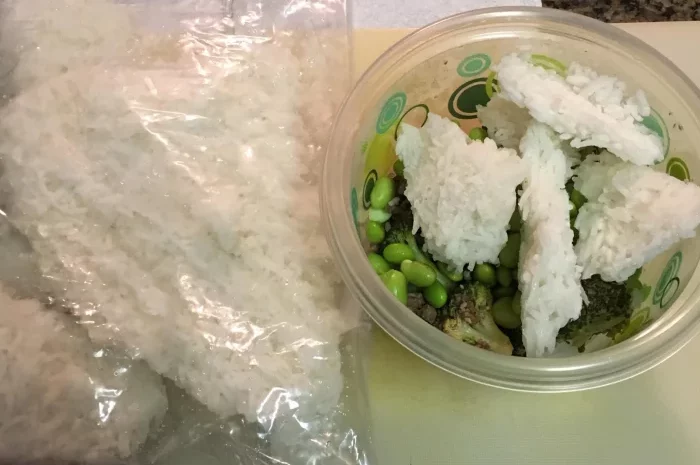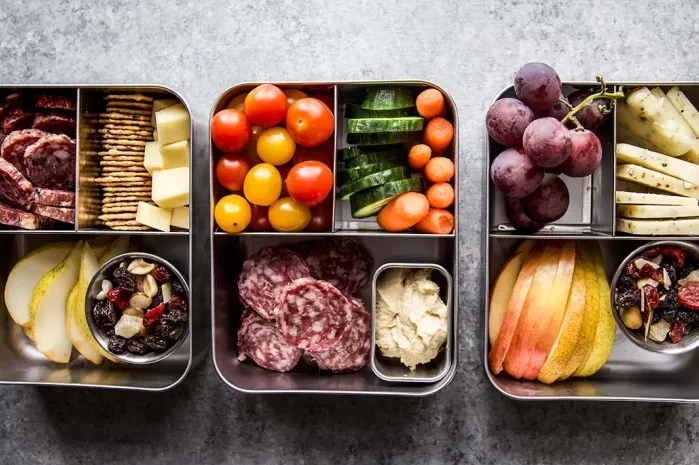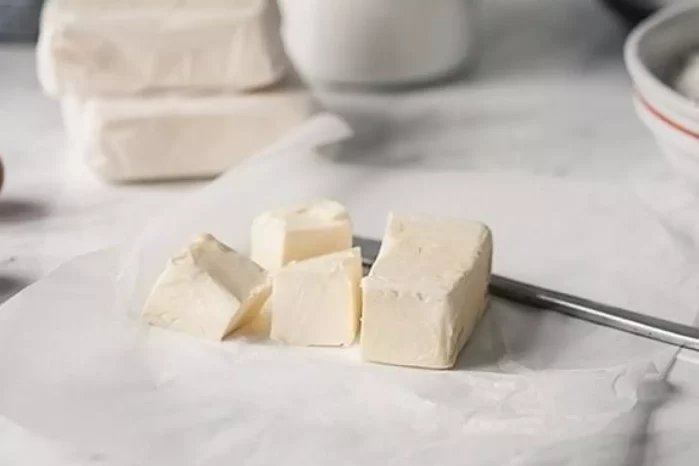Chicken breasts are a versatile and convenient protein source that can be used in a wide variety of dishes, from salads and sandwiches to stir-fries and casseroles. However, buying chicken breasts in bulk or taking advantage of sales often leads to the need for proper storage to prevent spoilage. Freezing chicken breasts is an excellent way to extend their shelf life while preserving their quality and flavor.
In this comprehensive guide, we’ll explore the best practices for freezing chicken breasts, including preparation techniques, packaging methods, and storage tips.
Whether you’re a meal prepper, a busy parent, or simply looking to reduce food waste, mastering the art of freezing chicken breasts is sure to streamline your cooking process and ensure you always have a protein-packed ingredient on hand.
Understanding the Freezing Process
Before we delve into the specifics of freezing chicken breasts, let’s briefly discuss the science behind freezing and its impact on food preservation:
Freezing Process:
Freezing is a method of food preservation that involves lowering the temperature of food to below its freezing point, typically around 0°F (-18°C). At this temperature, the water content in the food forms ice crystals, effectively slowing down the growth of microorganisms and enzymes that cause spoilage. Freezing helps maintain the quality, texture, and nutritional value of foods for an extended period.
Key Factors for Successful Freezing:
1.Temperature:
The freezer temperature should be set to 0°F (-18°C) or lower to ensure rapid freezing and maximum preservation of food quality.
2. Packaging:
Proper packaging is essential to protect food from freezer burn and contamination. Airtight packaging helps maintain the texture and flavor of frozen foods while preventing moisture loss.
3. Air Exposure:
Minimizing air exposure inside the packaging reduces the risk of freezer burn, which occurs when ice crystals form on the surface of food, causing dehydration and off-flavors.
4. Storage Time:
While freezing can extend the shelf life of food, it is not indefinite. It’s essential to label frozen foods with the date of freezing and adhere to recommended storage times to ensure optimal quality and safety.
Preparing Chicken Breasts for Freezing
Before freezing chicken breasts, it’s essential to properly prepare them to ensure the best results. Follow these steps for optimal preparation:
1. Trim Excess Fat:
Remove any visible fat or skin from the chicken breasts, as excess fat can lead to off-flavors and texture changes during freezing.
2. Rinse and Pat Dry:
Rinse the chicken breasts under cold water and pat them dry with paper towels to remove any excess moisture. Excess moisture can lead to freezer burn and compromise the texture of the chicken.
3. Portion Control:
Consider portioning the chicken breasts before freezing to make it easier to thaw and use only the amount needed for a recipe. This also reduces the risk of food waste.
4. Seasoning (Optional):
You can season the chicken breasts with salt, pepper, herbs, or spices before freezing to enhance their flavor. However, avoid adding liquid-based marinades or sauces before freezing, as they can alter the texture of the chicken.
Packaging Methods for Freezing Chicken Breasts
Proper packaging is crucial for maintaining the quality of frozen chicken breasts. Here are some recommended packaging methods:
1. Plastic Wrap:
Individually wrap each chicken breast tightly in plastic wrap, making sure to remove as much air as possible. Place the wrapped chicken breasts in a single layer on a baking sheet and freeze until firm before transferring them to a freezer-safe container or resealable plastic bag.
2. Freezer Bags:
Place the prepared chicken breasts in a single layer in a resealable freezer bag, removing as much air as possible before sealing. Alternatively, you can vacuum-seal the chicken breasts using a vacuum sealer for maximum air removal and protection against freezer burn.
3. Freezer Paper:
Wrap the chicken breasts individually or in portions in freezer paper, ensuring a tight seal to prevent air exposure. Label the wrapped chicken breasts with the date of freezing before storing them in the freezer.
4. Freezer Containers:
Use freezer-safe containers with tight-fitting lids to store chicken breasts. Arrange the chicken breasts in a single layer in the container, leaving some space between them to allow for expansion during freezing. Seal the container tightly and label it with the date of freezing.
Storage Tips for Frozen Chicken Breasts
Once properly packaged, frozen chicken breasts should be stored in the coldest part of the freezer to maintain their quality. Here are some additional storage tips to consider:
1. Labeling:
Clearly label each package or container of frozen chicken breasts with the date of freezing to track their storage time. Use waterproof labels or permanent markers to ensure the labels remain legible throughout storage.
2. FIFO (First In, First Out):
Practice the FIFO method when storing frozen chicken breasts, using older packages first to prevent food waste and ensure freshness.
3. Stackable Storage:
Organize frozen chicken breasts in the freezer in a stackable manner, with older packages on top and newer ones at the bottom. This helps optimize freezer space and facilitates easy access to stored items.
4. Safe Thawing:
When ready to use frozen chicken breasts, thaw them safely in the refrigerator overnight or under cold running water. Avoid thawing chicken breasts at room temperature to prevent the growth of harmful bacteria.
Best Practices for Freezing Chicken Breasts
In summary, here are the best practices for freezing chicken breasts:
1. Trim excess fat and moisture from chicken breasts before freezing.
2. Portion chicken breasts according to recipe needs for easier thawing and portion control.
3. Properly package chicken breasts in airtight containers or freezer bags to prevent freezer burn and contamination.
4. Label packages with the date of freezing and practice FIFO storage to ensure freshness.
5. Store frozen chicken breasts in the coldest part of the freezer and use them within the recommended storage time for optimal quality.
6. Thaw frozen chicken breasts safely in the refrigerator or under cold running water before use.
By following these guidelines, you can ensure that your frozen chicken breasts retain their quality, flavor, and nutritional value for extended periods, allowing you to enjoy delicious meals with ease and convenience.
Whether you’re meal prepping for the week ahead or stocking up on ingredients for future recipes, mastering the art of freezing chicken breasts is a valuable skill that will serve you well in the kitchen.

























